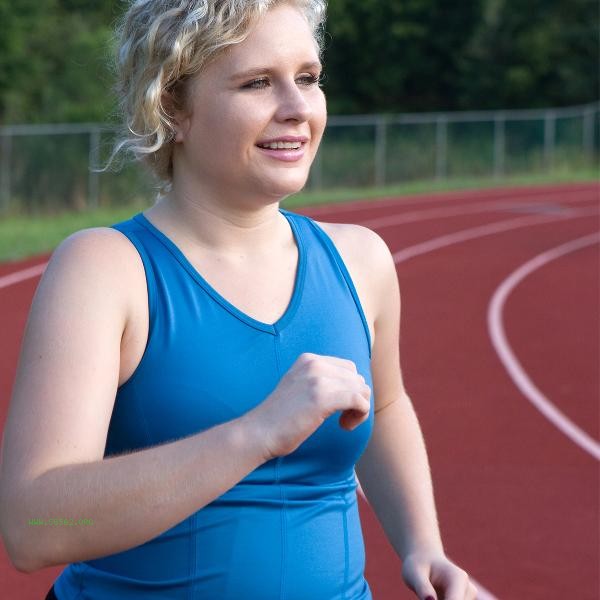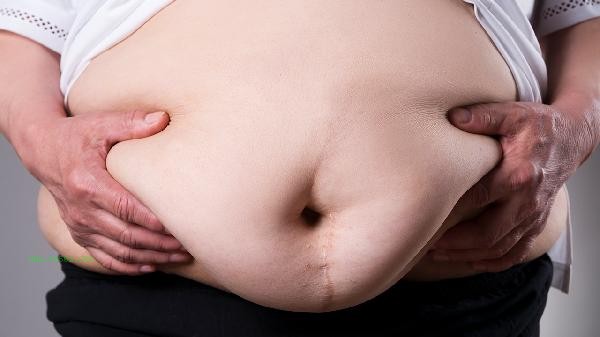During weight loss, both potatoes and sweet potatoes can be chosen, as they are high-quality sources of carbohydrates. The actual choice should be based on factors such as glycemic index, dietary fiber content, and cooking methods. The main differences are reflected in aspects such as glycemic load, duration of satiety, and distribution of micronutrients.

1. Differences in glycemic index:
Sweet potatoes generally have lower glycemic index (GI) values than potatoes, especially purple potatoes with a GI value of about 55, while baked potatoes can reach up to 85. Low GI foods can delay blood sugar fluctuations and reduce opportunities for fat accumulation. Boiled potatoes with skin have a GI value of about 65, and choosing low-temperature cooking can reduce the sugar raising reaction.
2. Comparison of dietary fiber:
Sweet potatoes contain 3 grams of dietary fiber per 100 grams, while potatoes contain approximately 2.2 grams. The sticky dietary fiber of sweet potatoes can prolong gastric emptying time, and the pectin substance contained in their orange red flesh can promote intestinal peristalsis. Potato skins contain resistant starch, which can increase fiber intake when consumed after cooling.
3. Distribution of Trace Nutrients:

Sweet potatoes are rich in beta carotene, which contains 850 micrograms per 100 grams and has antioxidant function; Purple sweet potatoes contain anthocyanins that help with anti-inflammatory effects. Potatoes have a higher potassium content of 425 milligrams per 100 grams, making them suitable for post exercise electrolyte supplementation and providing vitamin B6 to support metabolism.
4. Heat density control:
Under the same weight, the two have similar calories of about 90 kcal/100g, but the actual intake is significantly affected by morphology. Processing methods such as potato chips and french fries can double the heat, while steaming can maintain the original heat. It is recommended to choose whole tubers instead of muddy products.
5. Cooking method influence:
Boiled potatoes have a better satiety than roasted sweet potatoes because they retain more moisture. Potato chips made in air fryers reduce fat absorption by 50% compared to traditional deep frying. After refrigeration, the resistant starch content of potatoes increased by 12%, making them more suitable as staple foods during the fat loss period.

It is recommended to alternate the consumption of both to obtain more comprehensive nutrients, with a single intake controlled at 150-200 grams. Paired with high-quality proteins such as chicken breast and fish can form a complete amino acid profile, avoiding consumption with high-fat condiments such as salad dressings and butter. Prioritize using potatoes to supplement muscle glycogen within 2 hours after exercise, and sweet potatoes are more suitable for maintaining nighttime satiety during dinner time. Pay attention to individual digestive reactions. Some people may experience bloating when consuming potato based foods, so it is advisable to reduce the frequency of consumption appropriately.



Comments (0)
Leave a Comment
No comments yet
Be the first to share your thoughts!